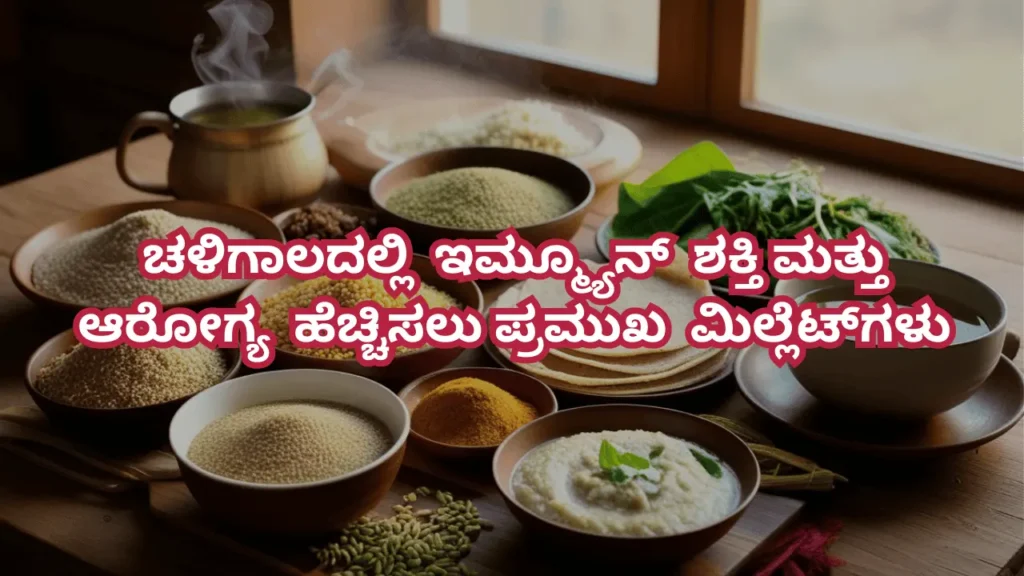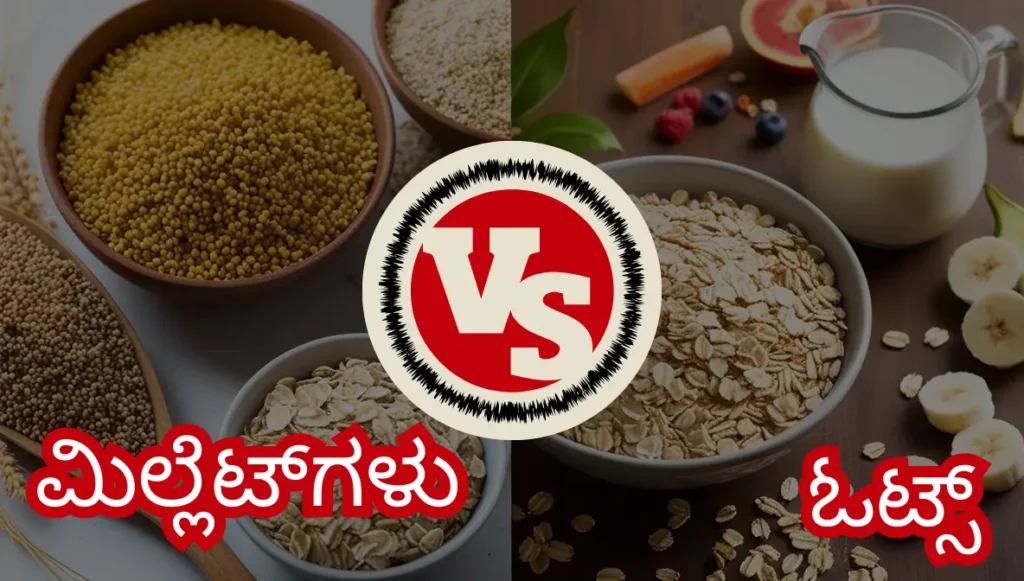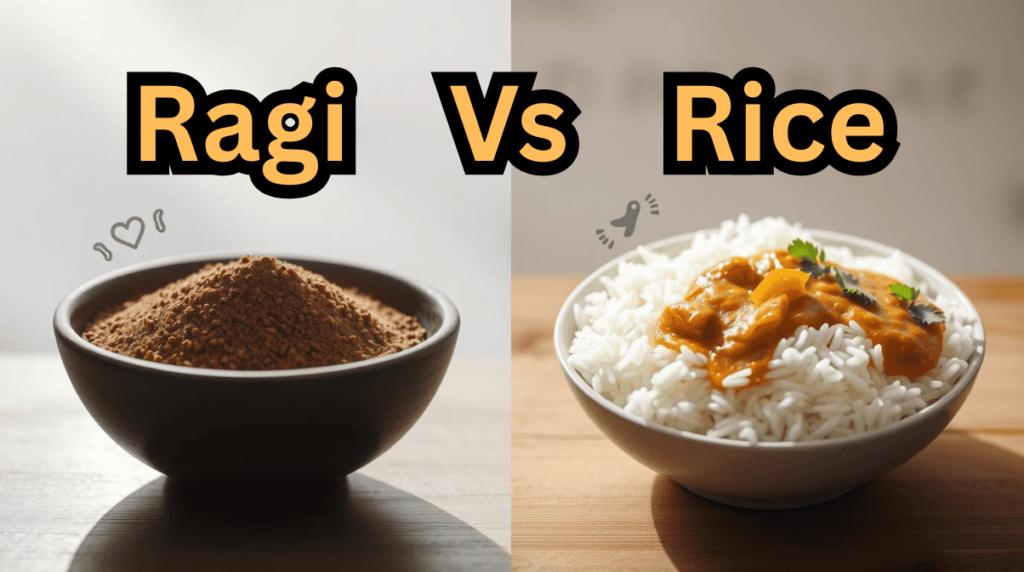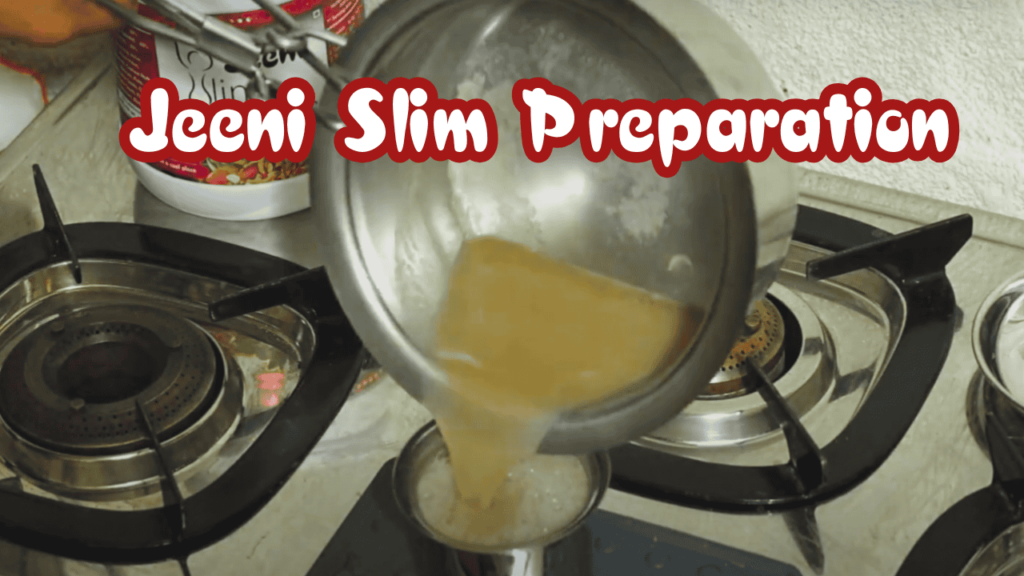Top Millets to Boost Immune and Health During Winter Cold
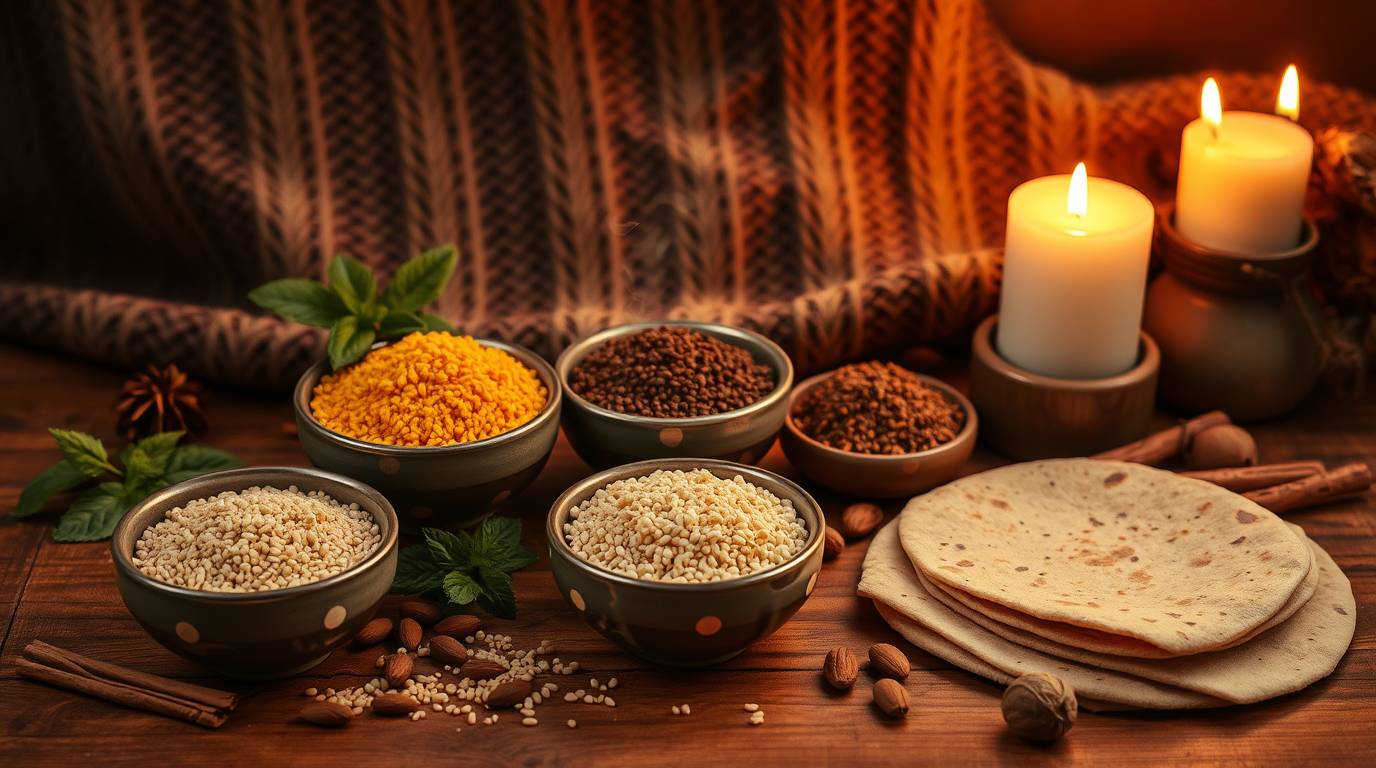
Winter brings cozy sweaters, hot beverages, and unfortunately—seasonal colds, coughs, and weakened immunity. While modern medicine helps, nature’s ancient superfood—millets—can strengthen your body naturally.
Packed with essential vitamins, minerals, fiber, and antioxidants, millets are a powerhouse for fighting infections, improving digestion, and keeping you warm. Let’s explore the best millets for winter immunity and how to use them!
Why Millets Are the Best Winter Superfood?
Unlike refined grains, millets are:
✅ Rich in Iron & Zinc – Boosts immunity and fights fatigue.
✅ High in Fiber – Supports gut health (where 70% of immunity lies!).
✅ Low Glycemic Index – Keeps blood sugar stable, preventing energy crashes.
✅ Gluten-Free & Alkaline – Reduces inflammation and mucus buildup.
✅ Warming for the Body – Ideal for cold weather digestion.
5 Best Millets to Eat in Winter
1. Foxtail Millet (Kangni/Navane) – The Immunity Booster
- Benefits: High in iron and calcium, prevents anemia and strengthens bones.
- Best For: Fighting fatigue and keeping warm.
- How to Use: Cook as porridge with jaggery and nuts or replace rice in khichdi.
2. Finger Millet (Ragi) – The Winter Warrior
- Benefits: Loaded with calcium, vitamin D, and amino acids—great for joints and immunity.
- Best For: Kids and seniors to prevent colds.
- How to Use: Ragi malt with hot milk or make rotis/dosa.
3. Pearl Millet (Bajra) – The Body Warmer
- Benefits: Rich in magnesium and phosphorus, improves blood circulation.
- Best For: North Indian winters—keeps the body warm.
- How to Use: Bajra roti with ghee + jaggery or porridge.
4. Sorghum (Jowar) – The Antioxidant King
- Benefits: Packed with polyphenols that fight inflammation and infections.
- Best For: Detoxifying and preventing seasonal allergies.
- How to Use: Jowar roti, upma, or pancakes.
5. Barnyard Millet (Sanwa) – The Digestive Healer
- Benefits: High fiber + probiotics—supports gut health (key for immunity).
- Best For: Combating bloating and indigestion in winter.
- How to Use: Replace rice in pulao or make kheer.
Easy Winter Millet Recipes for Immunity
1. Ragi Malt (Immunity-Boosting Drink)
- Ingredients: Ragi flour, milk, jaggery, cardamom.
- Method: Roast ragi, mix with hot milk, and sweeten naturally.
2. Bajra Khichdi (Winter Comfort Food)
- Ingredients: Bajra, moong dal, ginger, ghee, turmeric.
- Method: Pressure cook and enjoy with ghee.
3. Foxtail Millet Porridge (Iron-Rich Breakfast)
- Ingredients: Foxtail millet, nuts, dates, cinnamon.
- Method: Cook like oats and top with nuts.
FAQ: Millets for Winter Health
1. Which millet is best for cold and cough?
Ragi and Bajra—they warm the body and reduce mucus.
2. Can diabetics eat millets in winter?
Yes! Millets like foxtail and barnyard have a low GI.
3. How much millet should I eat daily?
2-3 servings (e.g., 1 roti + 1 porridge bowl).
4. Do millets cause gas in winter?
Soak or ferment them (e.g., ragi dosa) for easy digestion.
5. Are millets better than oats for immunity?
Yes! Millets have more minerals and fiber than oats.
Final Verdict: Eat Millets, Stay Strong This Winter!
Instead of relying on pills and syrups, add these nutrient-dense millets to your winter diet for natural immunity, warmth, and energy. From ragi malt to bajra roti, these superfoods are easy, affordable, and incredibly effective.
🌟 Pro Tip: Mix 2-3 millets weekly for maximum benefits!
Got a favorite millet recipe? Share in the comments! 👇


